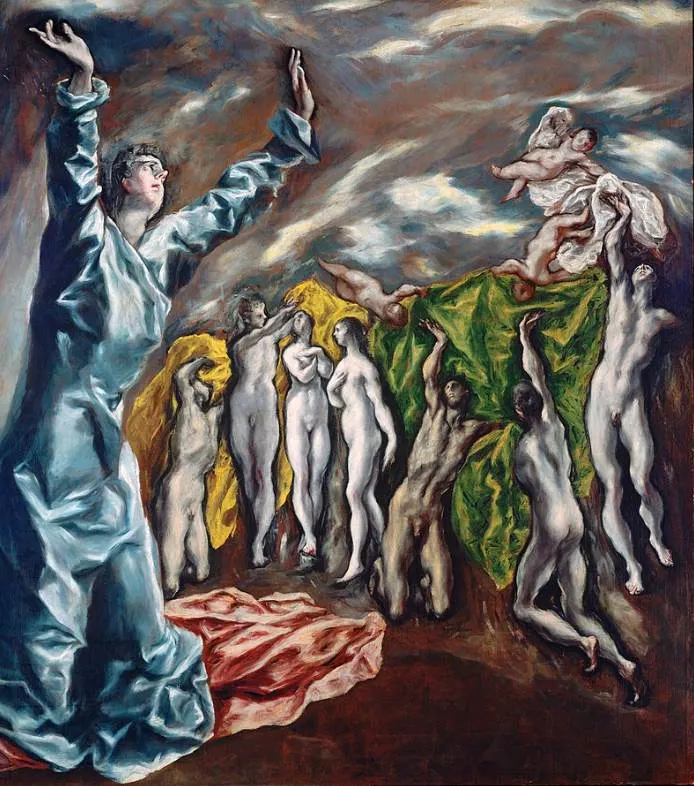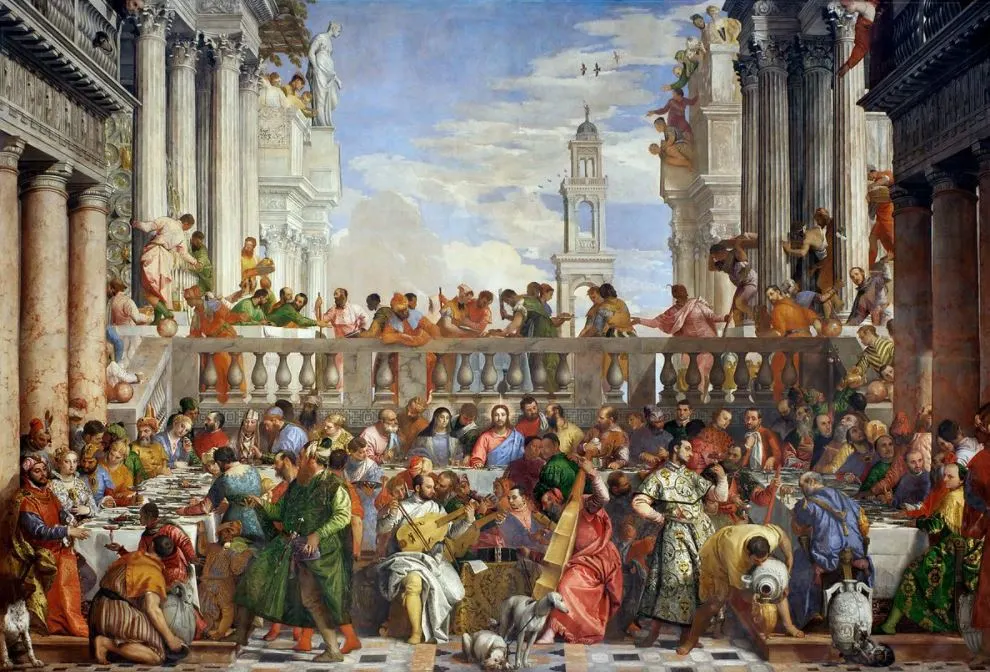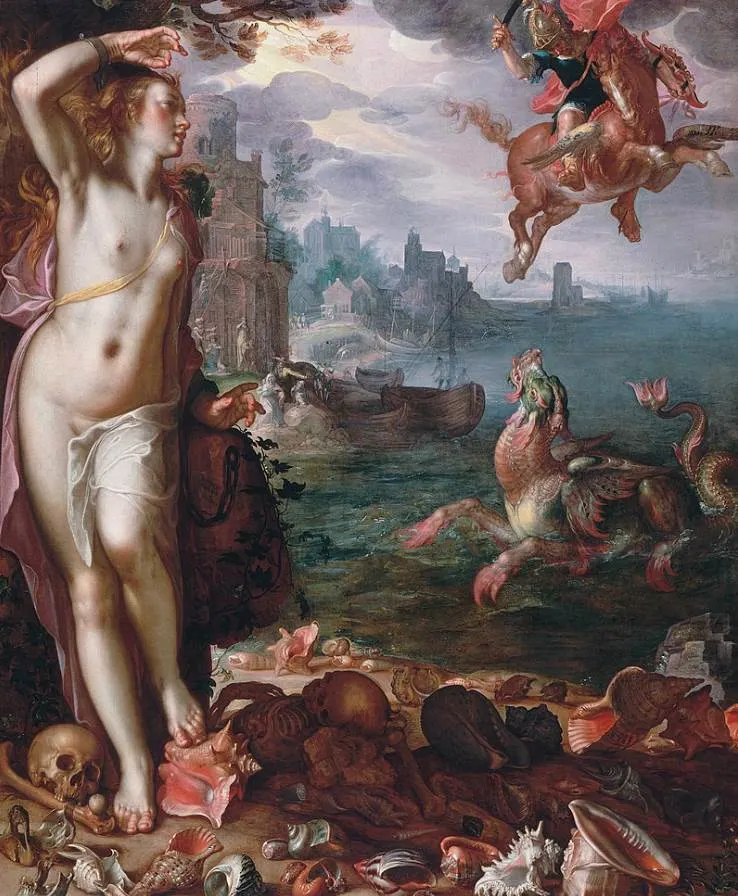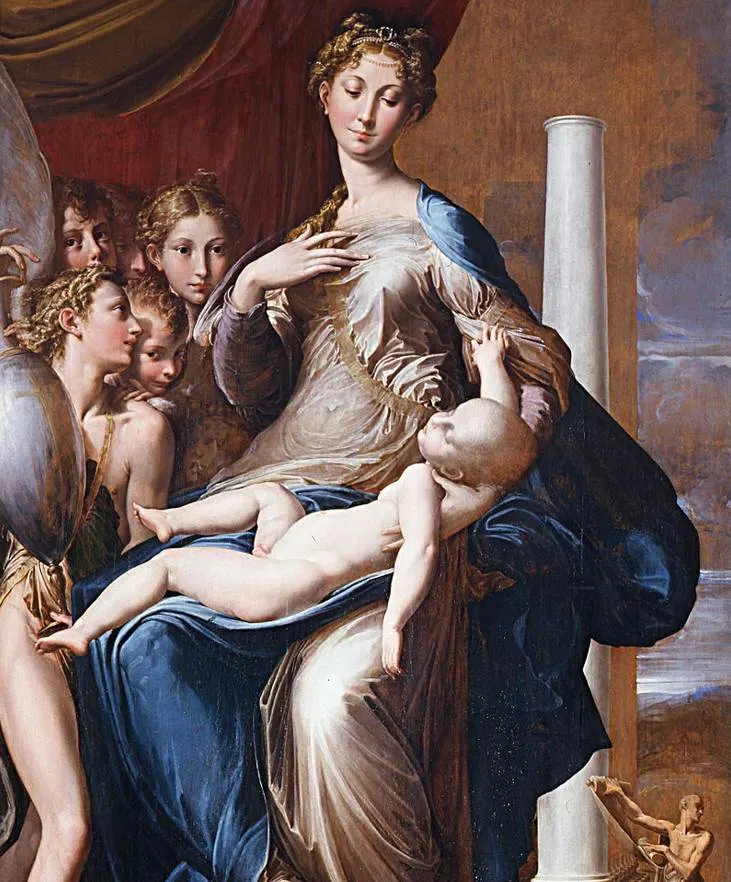When two of the most renowned Renaissance artists in history passed away at the end of the second decade of the 16th century, it transformed the world of art.
Mannerism art is also known as the “Late Renaissance” and that’s because Mannerist artists built upon the ideals of the Renaissance period to achieve their artistic goals in painting and sculpture.
History of Mannerism art
The High Renaissance is a period in history that lasted between 1495 and 1520 in which multiple brilliant artists produced artworks.
Leonardo da Vinci, Michelangelo, and Raphael are some of the most famous artists in history and they all reached their maturity during this fascinating period in art history.
The death of both da Vinci and Raphael in 1519 and 1520 respectively left a big void. After all, who was going to surpass their brilliance, right?
In a sense, this means that Mannerism art was born out of the mastery of Renaissance artists in an attempt to find a new approach to surpass their perfection in technique and style.
Mannerism emerged in Rome or Florence, or both cities at the same time, in the late 1510s and early 1520s. This initial period is known as “Early Mannerism.”
When leaders acquired Italian artworks in the northern part of Europe, it influenced the artists in this part of the continent and the Northern Mannerism era emerged there as well.
This art movement lasted for about the duration of the 16th century and even extended into the 17th century in some parts of Europe.

It laid the foundation of the Baroque era, one of the most significant art movements in European which is defined by the theatrical features derived from Mannerist artists.

Main Characteristics of Mannerism Art
How could Mannerist artists surpass the perfection of the Renaissance era? The answer to this question was to exaggerate the harmonious ideals of this era.
That’s why the main characteristics of Mannerism art are based on distorting figures to achieve certain artistic goals. Below is an overview of how they achieved this.
Elongating figures – Depicting figures without a sense of anatomical correctness was the main feature for Mannerist artists to surpass the grace with which figures were depicted during the Renaissance.
Foreshortening – This technique is also known as point projection and distorts the ideal perspective that was achieved in Renaissance paintings.
Chiaroscuro – Integrating a contrast between light and shadow was something that Leonardo da Vinci experimented with as he perfected his Sfumato technique, but Mannerist artists took this to another level.
Black Backgrounds – Mannerist artists didn’t shy away from using a black background to emphasize the main elements of a painting and their unusual shapes and forms.
Distinctive colors – While some Renaissance paintings might seem dull when it comes to the use of color, this certainly doesn’t apply to Mannerist artworks. The same exaggeration of light and shadow was applied to using bright colors.

Types of Mannerism Art
The medieval forms of art such as illuminated manuscripts, embroideries, and stained glass windows, played a minor role during the Mannerist era.
Below is a list of the most common types of artworks that were produced during the 16th and early 17th centuries.
Oil Painting
Using oil as the main material to paint on canvas or wood panels was perfected during the Renaissance and Mannerist artists simply continued using this medium. Some of the most famous Mannerist artists in history were painters.
Frescoes
The Renaissance was a period in which rich patrons who were not associated with the church emerged. Rich bankers, aristocrats, as well as clergymen, constructed villas and mansions in the 16th century that were decorated with mannerist-style frescoes.
Sculpture
Michelangelo was the creator of Renaissance sculptures that were virtually impossible to surpass in brilliance. Several sculptures were commissioned to join Michelangelo’s David in Florence. Sculptures such as “Hercules and Cacus” and “Perseus with the head of Medusa” are perfect examples of how Mannerist sculptors aimed to achieve this.
Architecture
A notable mention of the Mannerist era is the development of Mannerist architecture. While Renaissance architecture focused on harmonious ideals, Mannerist architecture integrated visual elements that challenged this. There was certainly more creativity among architects during this period.

Notable Mannerist Artworks
If you want to learn more about Mannerist artists and their most famous artworks, then the list below is a good starting point to learn more about this art movement.
- Madonna with the Long Neck – This painting by Parmigianino embodies the technique of elongating a figure to make her look more gracious
- Cellini Salt Cellar – A relatively small, gold table sculpture by Benvenuto Cellini produced for King Francis I of France. It features elongated figures which emphasize that this technique was also used in sculpture.
- The Last Supper – This painting by Tintoretto is one of the numerous artworks on this subject but it’s one of the most notable ones. It combines the foreshortening technique with the black background often used by mannerist artists.
- The Burial of the Count of Orgaz – Arguably the most famous painting by El Greco, the Greek-born artist who permanently settled in Toledo, Spain, in the late 16th century. It combines all the elements which made his works so influential for countless artists of future generations.
- The Wedding at Cana – One of the many monumental paintings by Paolo Veronese that depicts a lavish banquet. It features the distinctive use of color that was typical for the 16th-century Venetian School.
Want to discover more? Check out some of the most famous Mannerist Paintings.

